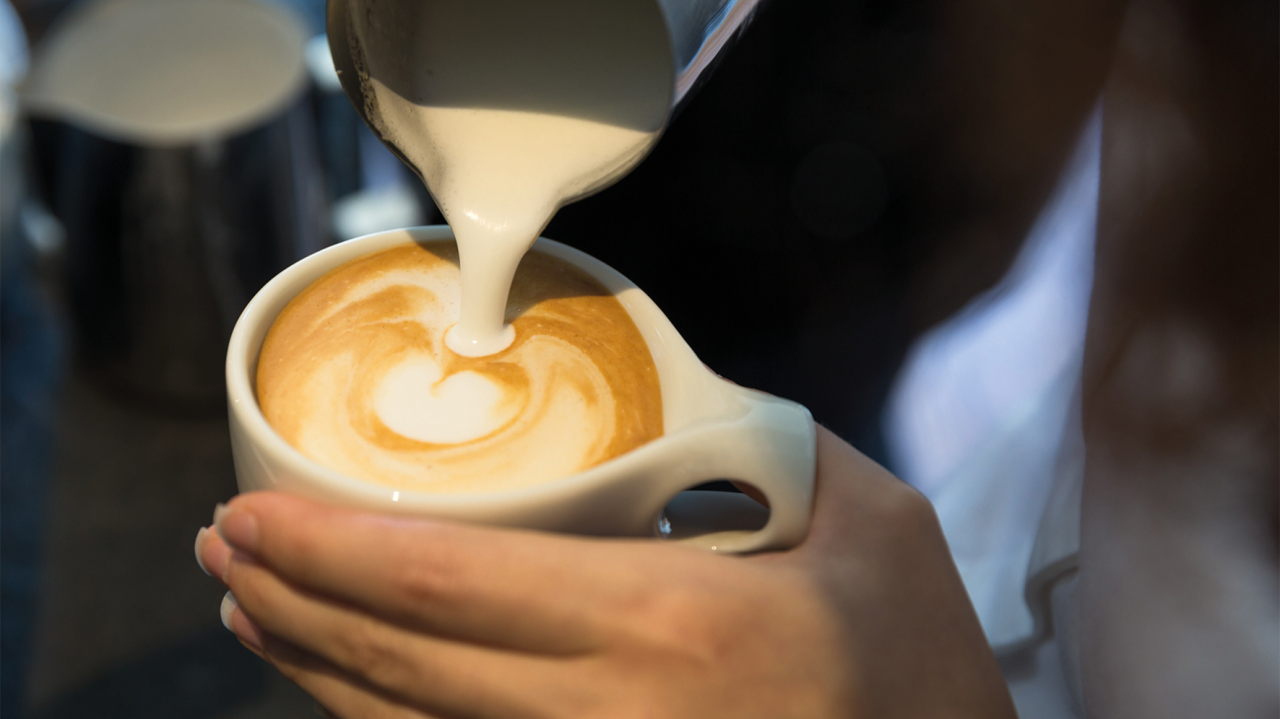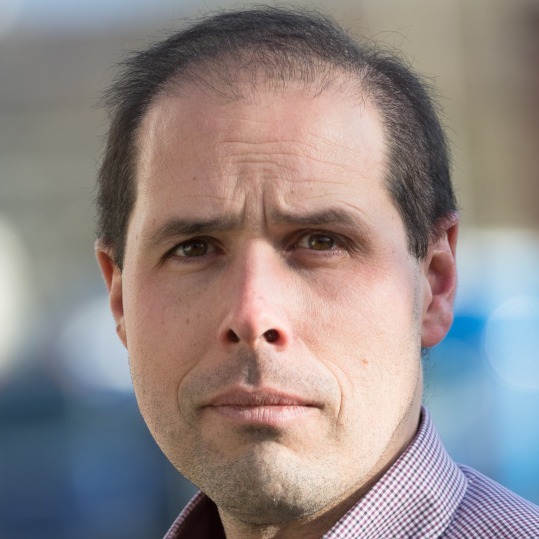
Die Reise des Kaffees in Russland
Coffee first arrived in Russia in the 17th century under Tsar Alexei Mikhailovich (‘the Gentle’), who used the drink as a remedy. However, the real history of coffee in Russia is attributed to Tsar Peter I (the Great). He is said to have discovered the hot brown drink in the Netherlands and brought it back to his homeland at the beginning of the 18th century. At first, the drink did not find any friends among the Russian nobility, who described the foreign beverage as ‘dirty syrup’ – it was only through the Tsar's insistence at the court in St. Petersburg that coffee be drunk daily that the drink gradually gained acceptance in the country. The Russian Tsarina Anna Ivanovna also greatly appreciated the brown beverage. She drank a cup of hot coffee every morning. Tsarina Catherine II (the Great) loved the taste and invigorating effect of coffee even more. She drank it very strong. Her cooks were instructed to brew 400 g of coffee powder for five cups of coffee. The first coffee house, ‘Chetyre Fregata’ (Four Frigates), opened in 1720 in St. Petersburg in the Peter and Paul Fortress.Some other sources cite the year 1740 for this. The Franco-Russian War also increased the popularity of coffee in the Tsarist Empire. Russian soldiers who had fought against Napoleon in the liberation army had also come to appreciate and enjoy the benefits of coffee. When the soldiers returned home, they established the tradition of drinking coffee throughout the country. The drink quickly became fashionable and was served at balls and other upscale events. By the end of the 19th century, there was hardly a city in Russia without a coffee house – yetdue to its high price, coffee remained a drink of the upper class well into the 20th century. Coffee thus became a valued status symbol of the upper class. It was not until the October Revolution in Russia in 1917 that coffee ceased to be a drink reserved for the rich and thus a minority, but became accessible to the vast majority.
Russia is the eighth largest coffee-consuming country in the world. However, 85 per cent of the coffee consumed is instant coffee.
Later, during the Soviet era, it was once again extremely difficult to obtain good coffee, and instant coffee gained a sad notoriety that continues to this day. Many residents of the Soviet Union were ultimately unfamiliar with the taste of freshly brewed bean coffee. It was not until the 1940s that coffee slowly regained popularity. Russia is now the eighth largest coffee-consuming country and the largest instant coffee market in the world, with a volume of around 3.2 billion euros. Instant coffee still accounts for 85 percent of coffee consumption in Russia, although there is an annual increase in favour of bean coffee and instant coffee consumption is slowly declining. The country's consumption behaviour thus reflects the typical pattern of a tea-consuming country that is evolving from instant coffee to bean coffee. The single-serve market is still very small at around 2.9 per cent (volume share), but has a volume of around 85 million euros (9.4 per cent share of sales) and is expected to grow strongly. Green coffee in Russia comes mainly from Vietnam (approx. 38 percent), Brazil (approx. 23 percent) and Indonesia (approx. 16 percent). The next two countries of origin are Uganda and India, each accounting for around 3 per cent. In contrast, 25 per cent of imported instant coffee comes from India, 19 per cent from Brazil and 15 per cent from Germany. Who would have thought it?
Although Russians are mainly tea drinkers, coffee has become increasingly popular over the years and is now very popular. Around two-thirds of all coffee drinkers in Russia come from St. Petersburg and Moscow. The highest per capita consumption is in St. Petersburg, with around 2 cups per day. On average, Russians drink 0.65 cups of coffee per day. Since 2000, coffee consumption in Russia has risen sharply. Per capita consumption doubled from 0.8 kg (60 cups) in 2000 to 1.7 kg (120 cups) in 2014.
The main reason for this is specialty coffee shops, which are increasingly roasting their own beans and offering higher-quality coffees, resulting in growing demand for high-quality green coffee. In 2014, the number of coffee shops in Russia was estimated at just over 5,200, with most located in St. Petersburg and Moscow.
Unlike most markets, where international coffee shop chains have now become firmly established, the Russian coffee market is clearly dominated by local companies. Some are reminiscent of American chains, including Kofe Khauz (Coffee House) and Traveler's Coffee, while others are more similar to European formats such as Shokoladnitsa, which also offer a higher proportion of food. Coffee shops have developed as local concepts where customers are charged for the length of their stay rather than what they consume. The most famous representative of these shops is probably Ziferblat, which is now also beginning to gain a foothold in Europe. The seven leading coffee shop companies have a combined market share of around 90 per cent. The clear market leaders are ‘Shokoladnitsa’ (approx. 40 per cent), (founded in 1964) and ‘Kofe Khauz’ (‘Coffee House’), approx. 25 per cent. Both leading brands now belong to the same group, Gallery Alex OOO. Star Among the best-known specialty coffee shops are Coffee Bean (1996) and Coffee Mania (2001), which were the first coffee shops in Russia to roast and offer filter coffee. Rafael Timerbaev, who preferred to drink his coffee with milk, was accidentally served an espresso with cream instead of milk by a barista from the Coffee Bean group one day. He created the now nationally renowned coffee drink ‘The Raf’, which consists of frothed espresso, sugar, vanilla sugar and cream. Numerous additions and refinements have since been made – but the original remains popular throughout the country. Cappuccino is by far the most popular drink in Russian coffee shops, whereas at home, Turkish coffee is mainly prepared in a cezve, a mocha pot or a French press. Milk, cream, spices, chocolate or even spirits are usually added to this coffee. The specialty coffee shop and roastery scene is definitely worth a visit and opens up whole new perspectives for coffee lovers. The style of Russian coffee houses has developed independently, creating a pool of inspiration for the entire coffee industry.
While it may be true that ‘all is quiet on the western front’, the same cannot be said for the east. As always, it is worth taking a trip to make your own observations, learn new things and improve our coffee world.
#Coffee #Russia #CoffeeCulture #CoffeeLovers #SpecialtyCoffee #CoffeeshopCulture #CoffeeEnjoyment #RussianCoffee #CoffeeHistory #RafCoffee #InstantCoffee #BeanCoffee #CaféTrends #CoffeeWorld
Russia is the eighth largest coffee-consuming country in the world. However, 85 per cent of the coffee consumed is instant coffee.
THE FORGOTTEN DRINK
Later, during the Soviet era, it was once again extremely difficult to obtain good coffee, and instant coffee gained a sad notoriety that continues to this day. Many residents of the Soviet Union were ultimately unfamiliar with the taste of freshly brewed bean coffee. It was not until the 1940s that coffee slowly regained popularity. Russia is now the eighth largest coffee-consuming country and the largest instant coffee market in the world, with a volume of around 3.2 billion euros. Instant coffee still accounts for 85 percent of coffee consumption in Russia, although there is an annual increase in favour of bean coffee and instant coffee consumption is slowly declining. The country's consumption behaviour thus reflects the typical pattern of a tea-consuming country that is evolving from instant coffee to bean coffee. The single-serve market is still very small at around 2.9 per cent (volume share), but has a volume of around 85 million euros (9.4 per cent share of sales) and is expected to grow strongly. Green coffee in Russia comes mainly from Vietnam (approx. 38 percent), Brazil (approx. 23 percent) and Indonesia (approx. 16 percent). The next two countries of origin are Uganda and India, each accounting for around 3 per cent. In contrast, 25 per cent of imported instant coffee comes from India, 19 per cent from Brazil and 15 per cent from Germany. Who would have thought it?
LAND OF THE SAMOVAR
Although Russians are mainly tea drinkers, coffee has become increasingly popular over the years and is now very popular. Around two-thirds of all coffee drinkers in Russia come from St. Petersburg and Moscow. The highest per capita consumption is in St. Petersburg, with around 2 cups per day. On average, Russians drink 0.65 cups of coffee per day. Since 2000, coffee consumption in Russia has risen sharply. Per capita consumption doubled from 0.8 kg (60 cups) in 2000 to 1.7 kg (120 cups) in 2014.
The main reason for this is specialty coffee shops, which are increasingly roasting their own beans and offering higher-quality coffees, resulting in growing demand for high-quality green coffee. In 2014, the number of coffee shops in Russia was estimated at just over 5,200, with most located in St. Petersburg and Moscow.
LOCAL SUPPLIERS DOMINATE THE MARKET
Unlike most markets, where international coffee shop chains have now become firmly established, the Russian coffee market is clearly dominated by local companies. Some are reminiscent of American chains, including Kofe Khauz (Coffee House) and Traveler's Coffee, while others are more similar to European formats such as Shokoladnitsa, which also offer a higher proportion of food. Coffee shops have developed as local concepts where customers are charged for the length of their stay rather than what they consume. The most famous representative of these shops is probably Ziferblat, which is now also beginning to gain a foothold in Europe. The seven leading coffee shop companies have a combined market share of around 90 per cent. The clear market leaders are ‘Shokoladnitsa’ (approx. 40 per cent), (founded in 1964) and ‘Kofe Khauz’ (‘Coffee House’), approx. 25 per cent. Both leading brands now belong to the same group, Gallery Alex OOO. Star Among the best-known specialty coffee shops are Coffee Bean (1996) and Coffee Mania (2001), which were the first coffee shops in Russia to roast and offer filter coffee. Rafael Timerbaev, who preferred to drink his coffee with milk, was accidentally served an espresso with cream instead of milk by a barista from the Coffee Bean group one day. He created the now nationally renowned coffee drink ‘The Raf’, which consists of frothed espresso, sugar, vanilla sugar and cream. Numerous additions and refinements have since been made – but the original remains popular throughout the country. Cappuccino is by far the most popular drink in Russian coffee shops, whereas at home, Turkish coffee is mainly prepared in a cezve, a mocha pot or a French press. Milk, cream, spices, chocolate or even spirits are usually added to this coffee. The specialty coffee shop and roastery scene is definitely worth a visit and opens up whole new perspectives for coffee lovers. The style of Russian coffee houses has developed independently, creating a pool of inspiration for the entire coffee industry.
Russia's coffee scene
While it may be true that ‘all is quiet on the western front’, the same cannot be said for the east. As always, it is worth taking a trip to make your own observations, learn new things and improve our coffee world.
#Coffee #Russia #CoffeeCulture #CoffeeLovers #SpecialtyCoffee #CoffeeshopCulture #CoffeeEnjoyment #RussianCoffee #CoffeeHistory #RafCoffee #InstantCoffee #BeanCoffee #CaféTrends #CoffeeWorld

